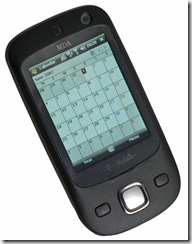We switched to reselling HP rather than Dell earlier this year and generally we’ve been very happy with the move. I’ve blogged about my dissatisfaction with Dell before so I wont go over it all again. Suffice to say they’re not channel friendly despite what they may claim.
We’ve supplied a few bits of HP kit here and there and been pleased with what we’ve seen. Last week we upgraded a five user network to HP kit and I was very disappointed to discover the large amount of bloatware shipping on the business machines we had supplied.
Something like a PDF reader I can accept, as well as HP’s various pieces of software – you’ll get that whatever the vendor. But when I discovered they’d installed the AOL IE Toolbar I felt they’d crossed the line. Not only was this ugly toolbar taking up desktop space, they’d also changed the default search provider in the top right-hand corner to AOL and the homepage was some amalgamation between AOL and HP.
With consumer PCs I can accept a certain level of bloatware, this often helps the vendor keep the costs down and it’s just become the norm. But when you’re paying a premium for high-end HP laptops and desktops I expect them to be clean of such crap.
Unfortunately there’s nothing they’re going to do about it, I just expect better from HP. I’ll just know in the future to include some extra time for each PC, to allow clean up before installing at customers.




